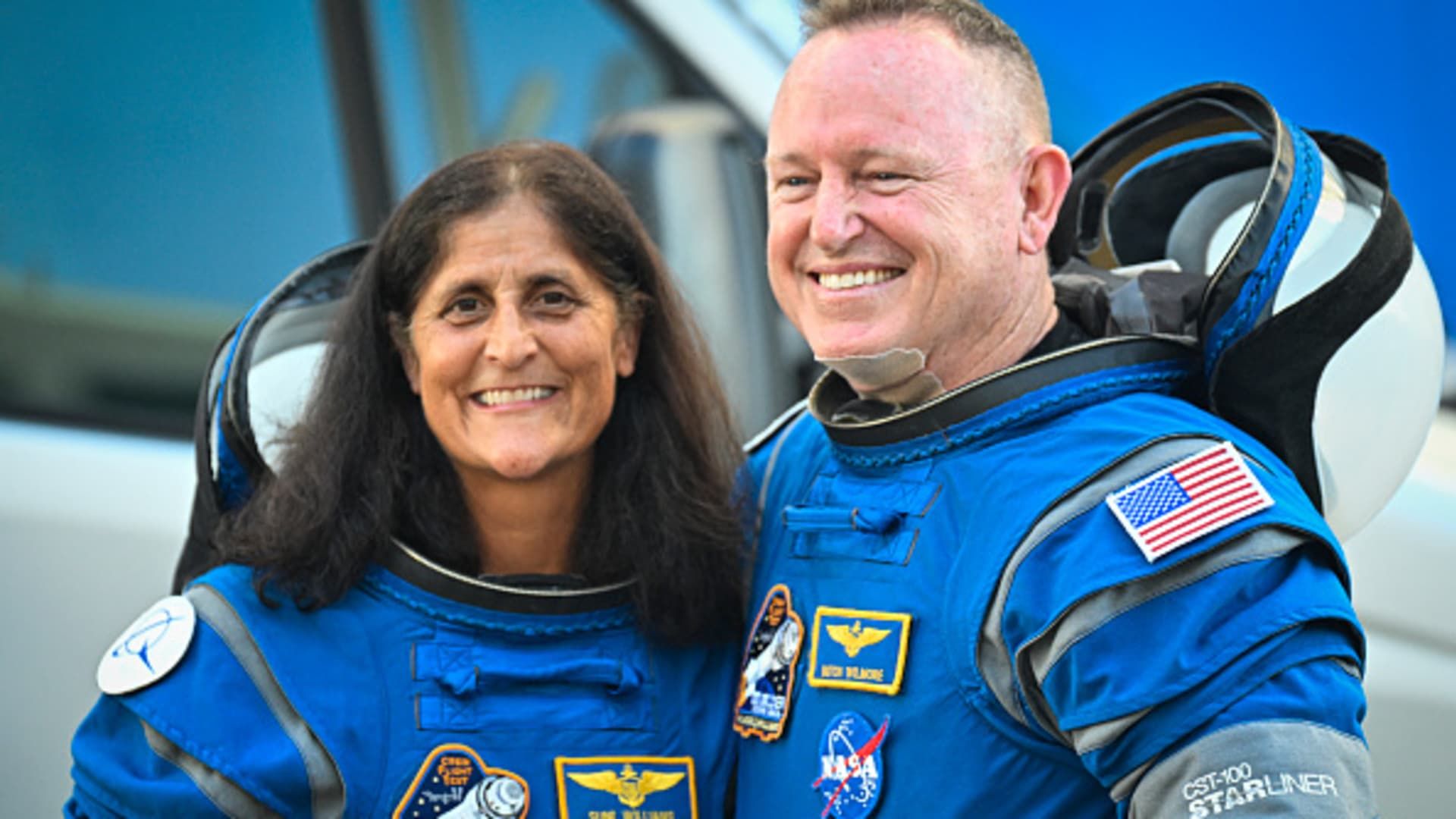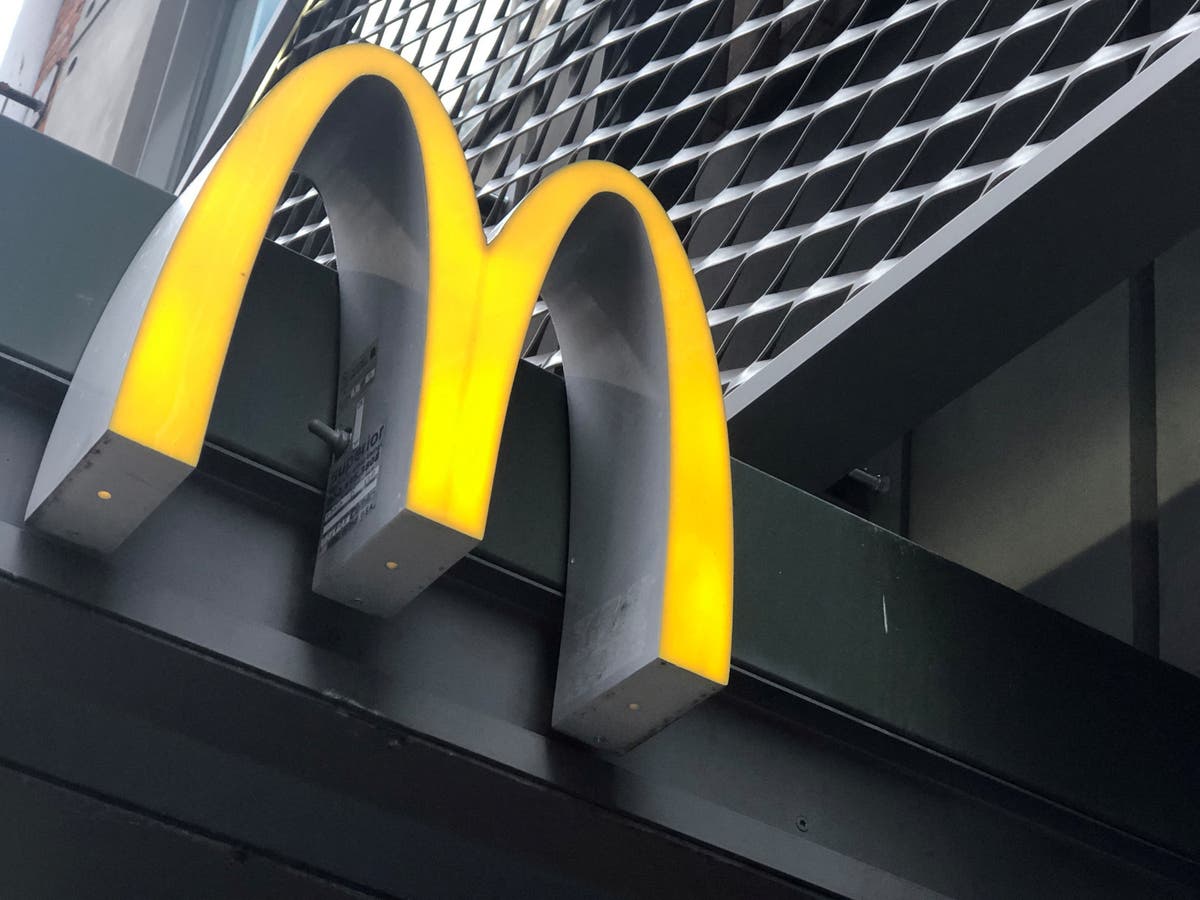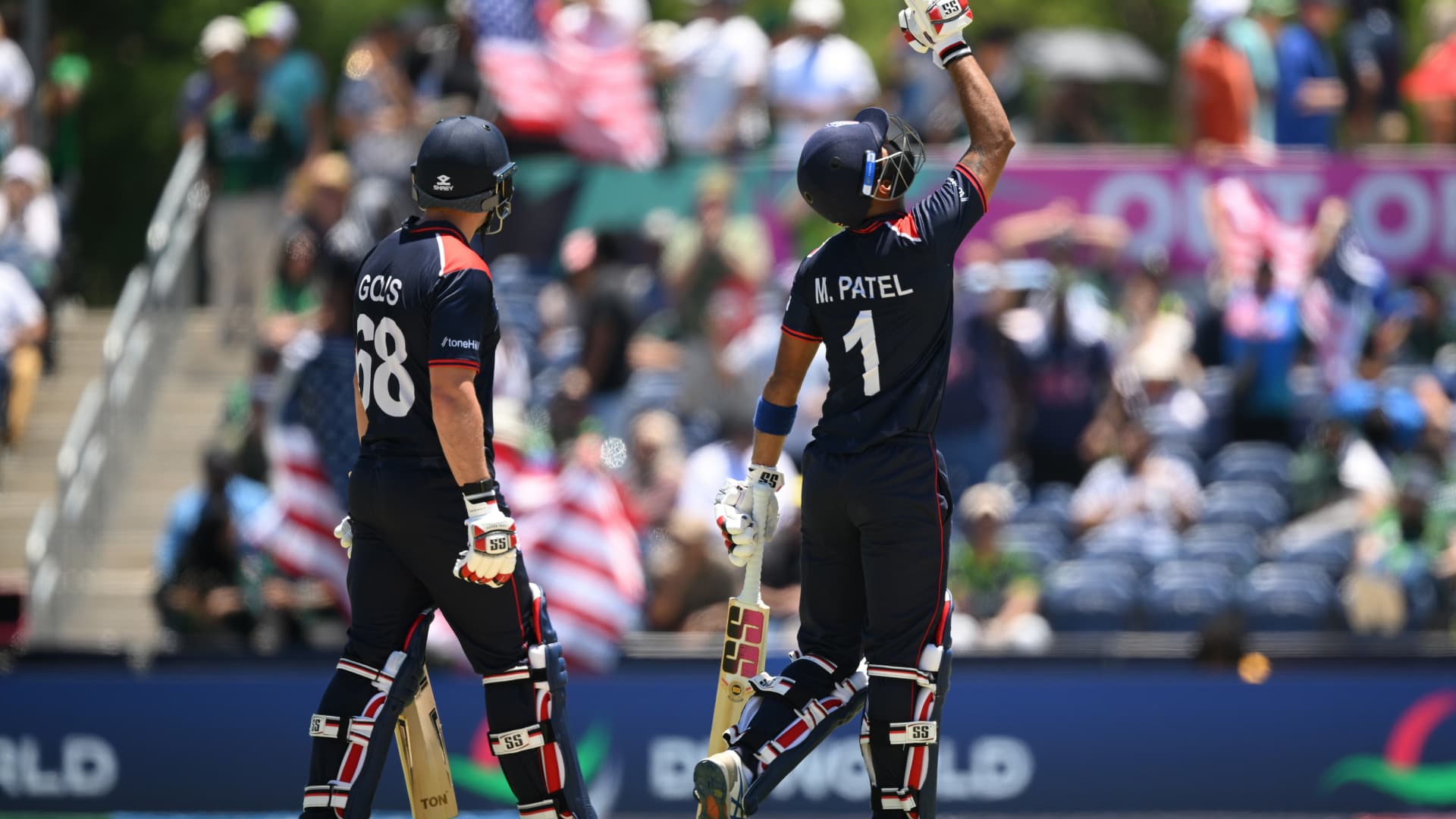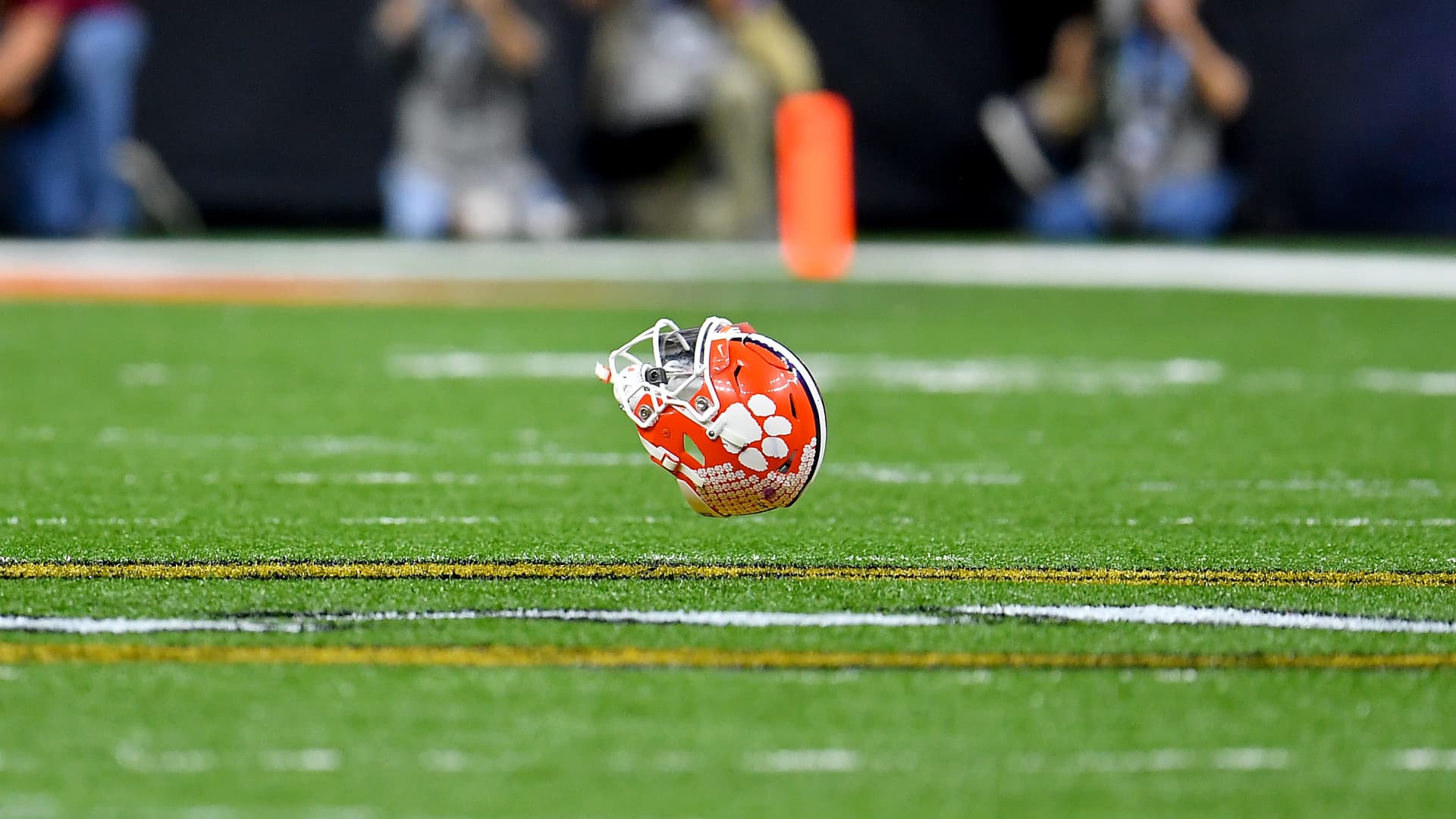NASA astronauts Butch Wilmore (right) and Suni Williams, wearing Boeing spacesuits, depart the Neil A. Armstrong Operations and Control Building at Kennedy Space Center for Launch Complex 41 at Cape Canaveral Space Force Station in Florida to board the Boeing CST-100 Starliner spacecraft for a crewed flight test launch, June 5, 2024.
Miguel J. Rodriguez Carrillo | Afp | Getty Images
With NASA astronauts docked at the International Space Station far longer than planned, agency leadership on Wednesday acknowledged possible alternatives to Boeing's Starliner for returning crew to Earth.
Still, Boeing's spacecraft remains the primary option for crew return, officials said.
Officials say the Starliner “Calypso” capsule could return from its extended stay at the International Space Station later this month, pending the results of tests on a faulty propulsion system. Starliner has already been in space for 36 days and the agency and Boeing are conducting additional tests in New Mexico before clearing the spacecraft for return.
This is the first mission on which Starliner has carried people, with NASA astronauts Butch Wilmore and Suni Williams on board.
NASA commercial crew manager Steve Stich stressed during a press conference that the first “option today is to bring Butch and Suni back on Starliner,” adding that “we don't see any reason” currently to turn to the agency's other transportation option, which would be SpaceX's Crew Dragon, to bring the astronauts back.
Sign up here to receive weekly editions of CNBC's Investing in Space newsletter.
Stich, while acknowledging that a SpaceX capsule could be part of contingency plans in case Starliner returned empty from the ISS, noted that NASA does not yet need to “make a decision on whether we should do something different.”
“We've certainly dusted off some of that stuff to look at in relation to Starliner, just to be prepared in case we had to use some of that stuff,” Stich said.
“[But] “There really hasn't been any discussion about sending another Dragon to rescue the Starliner crew,” Stich later added.
SpaceX's Dragon “Endeavour” crew capsule as seen from the International Space Station on May 2, 2024.
POT
On July 3, Boeing and NASA began testing the spacecraft's thruster technology on the ground at White Sands, New Mexico, with the goal of replicating a problem that caused five of Calypso's thrusters to shut down as the spacecraft was maneuvering to dock with the ISS. The ground tests are being done to “make sure that with all these pulses and all the heat we're putting on it, we're not causing any damage to the thruster,” Stich said.
Stich noted that Starliner's return in “late July” is “optimistically” based on the completion of testing. Boeing and NASA teams at White Sands are conducting inspections of the test booster over the next week.
But “so far we haven't been able to replicate the temperatures we saw in flight,” Mark Nappi, Boeing's vice president of Starliner, said during the news conference.
“What we're trying to do with these tests is fill in some gaps because… what we're trying to do is understand if the thrusters are working.” [as expected]”Then we can undock and come back. If the thrusters were to get damaged somehow, what would we do differently?” Nappi said.
“We don't believe we have any damaged thrusters, but again, we want to fill in the blanks and do this test to make sure,” Nappi added.
Boeing's Starliner spacecraft is shown docked with the International Space Station in orbit above Egypt's Mediterranean coast on June 13, 2024.
POT
Wilmore and Williams, speaking to reporters from the ISS, expressed confidence in returning aboard Starliner.
“We're confident that the tests we're doing are what we need to do to get the right answers to give us the data we need to come back,” Wilmore said.
Starliner was once seen as a competitor to SpaceX's Dragon, which has made 12 crewed trips to the ISS in the past four years. However, various setbacks and delays have left Starliner in a secondary position for NASA, which plans to have SpaceX and Boeing transport astronauts on alternating flights.
The Starliner crew flight test represents a major final step before NASA certifies Boeing to fly crewed spacecraft on six-month operational missions beginning in February.








